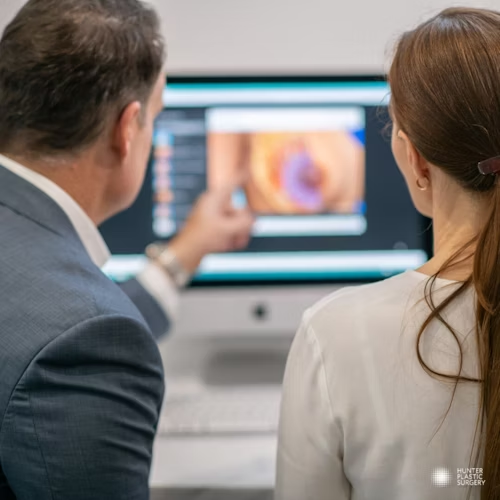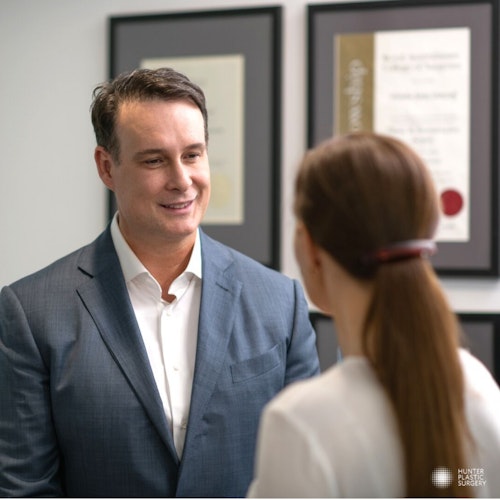Does private health cover plastic surgery?
For many procedures we offer, including breast reduction or tummy tucks, health insurance coverage can make a big difference to the cost.
We are often asked who we recommend for health insurance, but of course, we can’t give advice because it depends on your circumstances and needs. But here are a few things to consider:
Things to consider when choosing your health fund
1. 12 month waiting period
Most funds require at least 12 months of membership before covering procedures so you may be best to secure that before you see Dr Moncrieff to make sure that your goals and health are assessed closer to the time that you may be able to have surgery. Things can change a lot in 12 months!
2. What does the policy cover?
It is also important to make sure your health fund covers the procedure you are considering, so you need to specifically ask if they cover the Medicare item numbers of the surgery you are looking at. Most of these item numbers are listed under the FAQs for the procedures we have on this website. Ideally get the fund’s agreement that they cover a particular item number in writing. But as some funds won’t do this, make sure you at least record the date and time of your phone call and the person you spoke to. We have had patients in the past who have been declined cover at the last minute, but this information has allowed them to prove that they were told they were covered!
3. Comparing funds
In Australia, many funds are run to benefit members, but some like NIB and Medibank are listed companies, which have a legal obligation to maximise profits for shareholders. This sometimes results in below-industry rebate ratios for their policy holders. One independent source for comparing funds is the government website www.privatehealth.gov.au. It allows you to look at funds you are considering and then assess their pay-out ratios (how much they pay to policy holders vs the premiums they collect).
A word on “no-gap”
Health funds provide a great service to the community but as health costs rise across the population, and some funds try to make themselves more profitable for shareholders, they are putting pressure on doctors to accept, “no-gap” or “medi-gap” payments. It appears routine that members calling funds, after decades of paying premiums, asking why rebates are so low are told that the doctor should be accepting, “no-gap”. That is, they are pushing the blame back on the doctor.
The reality is that modern medical practices simply can’t afford to run on the “no-gap” payments alone which are in some cases less than 40% of the fees recommended to us by the Australian Medical Association. The cost of running a clinic, employing nurses and reception teams, paying insurance and providing award-winning, 5 star service is considerable.
We refuse to be pushed into an American model of care in which funds dictate what services will be provided to policy-holders as we don’t believe this is the best outcome for patients. If you believe your fund should be paying more of your medical expenses, we urge you to consider other funds in the market which pay larger rebates.



